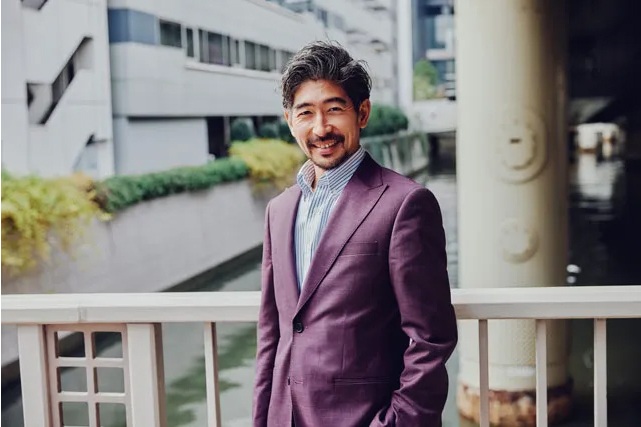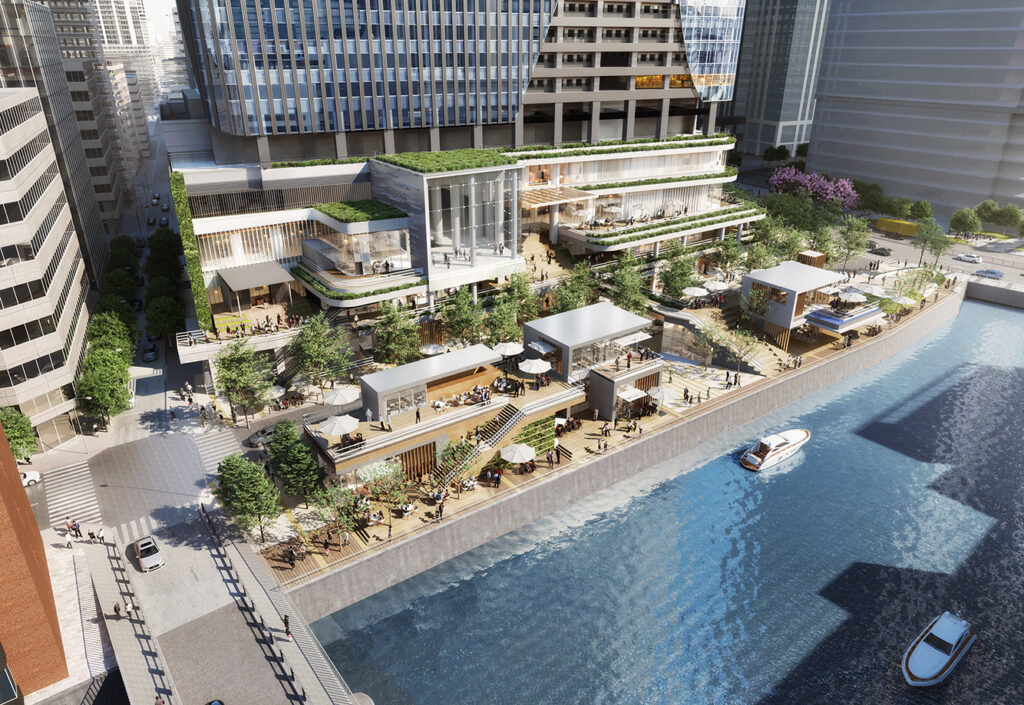Forbes Japan Interviews Ken Shigematsu
May 9, 2023
Ken Shigematsu of Laguarda. Low Architects was Principal-in-Charge and Lead Designer on the Gofukubashi redevelopment project along the Nihonbashi River in Tokyo. He recently sat with Forbes Japan for an interview in which he shared his insights into the historic YNK Area as well as his vision for the redevelopment project’s future.
Finding an Authentic Concept of a City
As someone who has been involved in local community engagement since college, joining this project was a dream come true. Over the years, I have spoken with many locals, from local businessmen to historical restaurant owners, repeatedly discussing the city’s potential. One of the strongest traits I found among them is their earnestness toward everything – from making top-quality products to rendering excellent services while also preserving a strong sense of culture. This place has always felt authentic, and I’ve been focused on the Nihonbashi River area ever since. Years ago, I organized a boat race to let the community realize the potential of having a historical river nearby. Today, I am really honored to be involved in designing the district’s future.
City and waterways integrated: A remarkable one-of-a-kind location
The YNK area was once the center of Tokyo (Edo) and has a story of its own: The Nihonbashi River was the center of this district’s urban fabric integrating transportation and bringing in goods and culture from across Japan. Granted such a unique environment, there is a tremendous allure for the five districts around it to collaborate in extensive urban development. We aim to develop a vibrant neighborhood along the paths from Gofukubashi Bridge to the Nihonbashi River, where people can relish walking the streets from Tokyo Station to the river, immersed in a bustling town that offers a new and distinctive, diverse individuality.
A design concept that maximizes Nihonbashi River’s potential
The Gofukubashi Project will convey the constant presence of the Nihonbashi River. The first floor will have a plaza and a sweeping staircase facing the river, while the floors above will have observation decks and panoramic windows, even from office lobbies. The design places passersby in the starring role.
Our long-term mission for this new neighborhood continues long after the completion of this project — we aim to rejuvenate a cityscape that will generate innovations and new traditions for the generations upon generations to come.
Read the interview in Japanese
text by Kanako Aoki / photographs by Munehiro Hoashi / edit by Hirotaka Imai
About Forbes Japan
Forbes Japan is a monthly magazine published in Japanese for Japan’s leading CEOs and entrepreneurs. Forbes' mission is to bring information about the world-changing people, ideas and technologies to the community of business executives.


 SEE NEXT NEWS
SEE NEXT NEWS